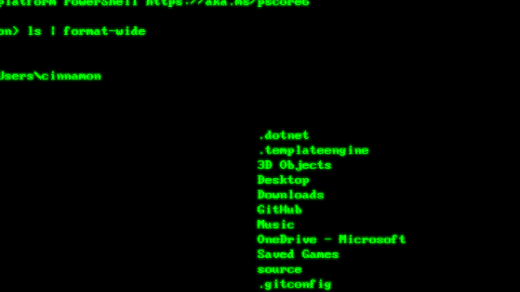Welcome to the ultimate guide to mastering Bash commands!
Basic Bash Commands Overview
– Basic Bash commands
– Linux training
– Command line interface
Bash commands are essential for navigating and interacting with a Unix-based operating system. Here is a brief overview of some of the most common Bash commands that you will need to know:
1. **cd**: Change directory. Use this command to navigate between different directories in the file system.
2. **ls**: List files. This command will display the files and directories within the current directory.
3. **pwd**: Print working directory. This command will show you the full path of the current directory you are in.
4. **mkdir**: Make directory. Use this command to create a new directory within the current directory.
5. **rm**: Remove. This command is used to delete files or directories.
6. **cp**: Copy. Use this command to copy files or directories from one location to another.
7. **mv**: Move. This command allows you to move files or directories to a different location.
These are just a few of the basic Bash commands that you will need to know to navigate and work efficiently within a Unix-based operating system. Practice using these commands regularly to become comfortable with the command line interface.
Advanced Bash Scripting Techniques
– Command substitution
– I/O redirection
– Looping and decision-making
– Functions and scripts
– Error handling
– Regular expressions
Bash scripting offers a wide range of advanced techniques that can help you automate tasks and streamline your workflow.
One important technique is command substitution, which allows you to use the output of a command as an argument for another command.
I/O redirection is another powerful feature in Bash, allowing you to control where input and output is directed.
Looping and decision-making structures can help you create more complex scripts that can handle a variety of scenarios.
Functions and scripts allow you to modularize your code and make it more reusable.
Error handling is crucial in Bash scripting to ensure that your scripts can gracefully handle unexpected situations.
Regular expressions can be used in Bash scripting to search for patterns in text, making it easier to manipulate and process data.
By mastering these advanced techniques, you can become a more proficient Bash scripter and enhance your Linux skills.
Practical Tips for Efficient Command Line Usage
– Basic commands like ls, cd, and pwd
– Using wildcards for efficient file manipulation
– Navigating the file system with ease
– Redirecting input and output
– Creating and editing files with vim
– Understanding permissions and ownership
– Using pipes to connect commands
– Searching for files and text with grep
– Working with compressed files using tar and gzip



